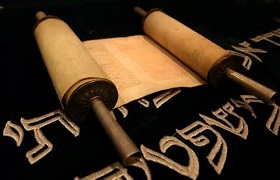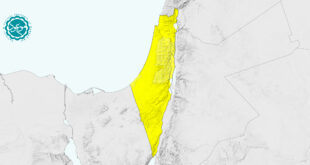History of the Bible:
The Old Testament was compiled during the period from the sixth century BCE to the first century CE. The New Testament was compiled over a period of several hundred years starting in the second century CE. The book represents as a whole not “history” but mythology, much of which was boldly plagiarized from other cultures around the known world. As Rabbi Lewis Browne says in Stranger Than Fiction:
“The Bible is a whole vast world of wisdom, beauty, and moral truth – but it is not a chronicle of literal history. Its episodes and chronicles were in the mouths of desert tribesmen for long centuries before ever they were written down. For long centuries they were passed on from father to son, growing grander and more wonderful with each generation. So that by the time they were set down in writing, the literal truth in them, like the vein of gold in a mountain, was crushed and tortured and broken in a thousand places.”
These “episodes and chronicles,” however, did not represent the exploits of “real people” but of mythical characters, many of whom symbolized celestial and terrestrial bodies and forces.
History of the Talmud and Zohar:
The Talmud, which is also called the Torah (as is Pentateuch or first five books of the Old Testament, while the entire OT is the “Tenach”), represents the enormous compilation of the writings and pronouncements of many rabbis and others who felt the need to make a commentary on just about every subject under the sun. It often reads like neurotic bickering by less-than-sane individuals. It, not the Old Testament, is considered to be THE molding literature that determines a Jew:
“…any decision regarding the Jewish religion must be based on the TALMUD as the final resume. . .. ” (The JEWS – Their History, Culture, and Religion, Vol. 4, p. 1332, Jewish Publication Society of America)
“The TALMUD is to this day the circulating heart’s blood of the Jewish religion. Whatever laws, customs or ceremonies we observe — whether we are Orthodox, Conservative, Reform or merely spasmodic sentimentalists — we follow the TALMUD. It is our common law.” (The Talmud; Heart’s Blood of the Jewish Faith, by Herman Wouk, “which also ran serially in the New York Herald Tribune, 11/17/59”)
Regarding what is actually in the Talmud, Rabbi Lewis Browne says in Stranger than Fiction:
“There are in it myths and vagaries, idiotic superstitions and unhappy thoughts, things that are not merely irrational but sometimes even quite offensive. But there is also much profound wisdom buried in it, and much lofty and generous thinking. Not all the rabbis were bitter and hateful — though, Heaven knows, they all had reason to be. And not all of them were small-minded and bigoted…. Granted there is much chaff in the work, there are also kernels of richest wheat.”
Unfortunately, those kernels could take forever to find, by which time many people would starve. Why look for seeds in manure when you can go buy a bag of seeds? There are MANY writings in the world much better than this neurotic nonsense. Rabbi Browne continues, regarding the much-adored Zohar or Kabbala:
“…the real age of the Cabala …received its first impetus from a book called the Zohar (the ‘Splendor’), late in the thirteenth century. This Zohar contained a Cabalistic explanation of the Torah that purported to reveal all the ‘secret meanings’ underlying the peculiar phrases and words of the holy text. A Spanish Jew named Moses de Leon, who sponsored the book, claimed it had been conceived and written by a wonder-working rabbi eleven hundred years earlier, and that the manuscript had lain hidden away all the intervening years in a mysterious cave. In all probability, however, he had compiled himself from stolen material lifted by him from Hindu, Persian, and Hebrew writings.”
Thus, like the Bible, the Zohar is a plagiarism of the mysteries of older cultures.
 Mouood Mouood English Edition
Mouood Mouood English Edition




